Orphans of Defeat
Behind Istanbul’s failed diplomacy: Western denial, Russian momentum, and Trump trapped between two walls. As defeat looms, the war party scrambles for exits, callously denying their legacy.
"Victory has a hundred fathers," John F. Kennedy observed days after the Bay of Pigs invasion imploded, "but defeat is an orphan." He spoke not as a triumphant statesman, but as a coroner delivering an autopsy—cool, clinical, already stepping back from the still-smouldering wreckage. The disaster in question: a CIA-trained exile force, dead or captured on Playa Girón's sands, their promised anti-Castro uprising evaporated like morning mist under Cuban gunfire.
There it was—the bitter truth, suspended like breath in winter: victory is always a crowded christening—everyone jostling to be godfather, to claim a hand in the miracle. Defeat gets no such ceremony. It is left at the threshold in the dead of night, unblessed and unnamed.
In the Ukraine war’s defiant early months, they dressed their gamble in sacred vestments—casting Zelensky as a paladin of modern virtue, arming him with weapons, myths, and standing ovations. They saw themselves as midwives to liberal democracy reborn in the black mud of Kherson. But the dream could not survive the discipline of Russian attrition. As the frontlines stalled and counteroffensives dissolved into mire, the self-declared fathers of victory grew queasy, slipping into shadow as their creation began to rot.
Today, the pathology returns as tragic farce. European leaders and American hawks cling to the illusion of victory—not secured on the battlefield, but performed through ultimatums, pageant diplomacy, and the hollow theatre of sanctions. This is no longer strategy, but reflex: a compulsive shedding of responsibility, a disavowal of a war no longer convenient to claim—masked by ever-louder cries for justice that barely muffle the silence of inner defeat.
As the outcome sours, a new adversary emerges—not in Moscow, but in the White House. The temptation grows to pin failure on the man who refuses to follow their script, to recast their miscalculation as his betrayal. Like Roman patriarchs exposing an unwanted child to the elements, they abandon their geopolitical offspring, hoping the cold wind of history will carry off both the body and the blame.
The war now marches forward—increasingly disowned by its patrons, sustained only by the one power that never recoiled. For Moscow, there is no shame in the scars of this conflict, no urge to rewrite its origins. Even its most disfigured chapters are embraced as providence—grim, perhaps, but righteous. And so, in the ceremonial hush of the Kremlin’s vaulted halls, they wait for the hundred fathers of victory to one day claim their seats.
Istanbul 2.0
In a last-ditch effort to blunt the trajectory of Ukraine’s defeat, Western leaders issued an ultimatum on May 10. The United States, Britain, France, Germany, and Poland demanded that Russia submit to an unconditional 30-day ceasefire by May 12—or face expanded sanctions on its financial and energy sectors, along with a renewed surge in arms deliveries to Ukraine.
The Kremlin swiftly rejected the Western diktat. At a 2 a.m. press briefing on May 11, presidential spokesman Dmitry Peskov declared that “the language of ultimatums is unacceptable for Russia,” and insisted on addressing the “root causes” of the war. Rather than comply, Russian President Vladimir Putin tore up the Western script and imposed his own: direct talks with Ukraine in Istanbul on May 15. President Trump, determined to force an end to the conflict, compelled Kiev to accept Russia’s terms.
For Moscow, the aim is not to open a new chapter but to resume the one left unfinished in 2022—when peace talks were first derailed by Western intervention. The symbolism is clear: once again, negotiations take place in Istanbul’s Dolmabahçe Palace; once again, Russia’s delegation mirrors its earlier form, now reinforced with senior military officials to underscore both resolve and leverage.
Back in the early days of the war, Ukraine appeared ready to accept sweeping concessions: permanent neutrality, strict limits on its military capabilities, a ban on foreign troops, cultural protections for Russian-speaking Ukrainians, and a 15-year timeline to negotiate Crimea’s status. But these terms unravelled shortly after Russia’s retreat from Kiev, when Western leaders—especially Joe Biden and Boris Johnson—urged Zelensky to reject the deal. Instead, they unleashed a flood of arms and promises of victory. For these leaders, it was not enough merely to avoid defeat; they sought to sire triumph—to be remembered as the proud fathers of a decisive strategic victory over Russia.
For a brief period, this strategy created the illusion of success. Ukraine reclaimed territory through mid-to-late 2022, but by the failed summer offensive of 2023, momentum had decisively shifted. Ukrainian forces crashed against an impenetrable Russian defensive wall. Since then, Russia has seized the initiative—both on the battlefield and at international diplomatic forums.
Russia has survived the Western sanction onslaught, outpaced the G7 in growth, and now unquestionably commands the battlefield. The perceived balance of power has changed—and so has the language of diplomacy. Western leverage has dwindled to a theatre of gestures: sanctions that failed, stockpiles that thinned, and declarations no longer matched by capacity.
What remains is a vanishing space for illusion. Wars do not end through moral appeals or maximalist demands from the losing side. They end through negotiation—or collapse—depending on the foresight of those facing defeat. Caught between these fates, Ukraine and its patrons oscillate in confusion—unable to accept the war is lost, yet desperate to end it on terms that feign dominance. They speak in the language of resolution not to claim authorship, but to obscure it—nudging the burden of paternity toward more convenient shoulders, hoping history forgets who first blessed the cause. Yet the window for meaningful dialogue narrows with every uncompromising demand.
Kellogg’s Ceasefire Plan
The Western call for an “unconditional ceasefire”—echoed by Kiev and increasingly framed as the moral minimum for peace—rests largely on a blueprint attributed to retired U.S. Army Lieutenant General Keith Kellogg. His proposal has come to define the broad contours of Washington and its allies’ expectations: an internationally monitored armistice, with the United States and European powers acting as “neutral guarantors,” tasked with enforcing compliance through the solemn theatre of impartiality.
At its core is the demand that both Russian and Ukrainian forces withdraw 15 kilometres from the current line of contact, creating a demilitarized buffer zone—a frozen strip of contested land intended to suspend hostilities and cool tensions along the front.
But what are the odds this plan will play out as advertised? Imagine Ukrainian artillery shelling European monitors in the buffer zone, blaming it on Moscow and then executing a swift punitive advance into the vacated zone towards the new Russian lines? Would British or French officers then solemnly indict Kiev for violating the terms? Or would Moscow once again be the predictable scapegoat? The answer is as damning as it is obvious.
For Vladimir Putin, accepting such a plan would be political self-immolation. Signing away strategic ground under the watchful eyes of adversarial “arbiters” would not only weaken Russia’s military posture—it would be seen as capitulation dressed in legalese. The penalty for such betrayal would not be diplomatic embarrassment but a bullet in a Kremlin courtyard.
For Moscow, the Kellogg Plan is a non-starter. The ancient axiom endures: the weak do not dictate terms; they suffer what they must.
Premature Peace Negotiations
Following Putin’s call for renewed peace talks in Istanbul, the world watched a tense choreography unfold. Ukrainian delegates stalled, detouring to Ankara while their Russian counterparts sat in cold silence at the Dolmabahçe Palace table. After a day of low-stakes manoeuvring and diplomatic squirming, the two sides finally met face-to-face on Friday, May 16—their first direct negotiation since the collapse of peace talks in March 2022.
And yet, despite the high stakes, these talks remain premature. Russia’s battlefield momentum is undeniable, but not yet decisive enough to dictate terms outright. It is as if, in early 1864, a battered yet unbroken Confederacy had demanded a ceasefire from a rising Union—not in surrender, but as a calculated gambit to freeze the war and preserve the means to fight another day.
From Moscow’s perspective, any ceasefire must represent an unambiguous admission of defeat: a full Ukrainian withdrawal from the four annexed oblasts—Donetsk, Luhansk, Zaporizhzhia, and Kherson. Even this concession, Russian officials warn, is a closing window of opportunity.
When asked if he had threatened, “Next time there will be five regions,” Russia’s chief negotiator corrected him: “No. I said, next time it will be eight.” In Moscow’s view, time is firmly on its side—both on the battlefield and at the negotiating table. The terms offered now are already harsher than those of 2022; what comes next promises to be even more severe.
What most shocks American observers is Russia’s insistence that Ukraine vacate these oblasts even where Moscow lacks full military control. Beneath this surprise lies a common delusion: that territorial gains must mirror battlefield occupation. History suggests otherwise.

In the 1846–48 Mexican-American War, the United States annexed over half a million square miles—including California, Arizona, New Mexico, Utah, and beyond—without ever fully occupying them. Japan, too, surrendered all of its territory, despite the U.S. never invading the Japanese home islands, let alone coming anywhere close to capturing Tokyo. Europe offers further precedent: Alsace-Lorraine changed hands between Germany and France twice with only partial occupation, and Finland ceded 11% of its territory to the Soviet Union in 1940 despite fiercely resisting Stalin’s invasion.
Art of the U-Turn
By compelling Ukraine back to the negotiating table on Russian terms, President Trump reveals that he holds more leverage over Zelensky than over Putin. He has already shown he’s both willing and able to halt military aid and suspend intelligence cooperation—pressure points Kiev cannot afford to ignore. Reports from the Ukrainian capital suggest the country’s defenses could hold out for only four more months under such conditions.
With Russia, however, Trump’s options are narrower—and politically perilous. His only potential instruments of leverage—reviving sanctions or resuming large-scale arms transfers—would require him to embrace the very policies he denounced on the campaign trail. Doing so would lend retroactive legitimacy to Joe Biden’s Ukraine strategy while undermining Trump’s own populist credentials. Such a pivot risks alienating his base. Meanwhile, Senator Lindsey Graham boasts of 70 senators ready to back “bone-crushing sanctions.” That number carries weight: it exceeds the threshold needed to override a presidential veto—and, ever so faintly, gestures toward the spectre of impeachment should Trump impose peace on terms deemed too harsh for Ukraine.
As the delegations departed Istanbul for the airport, having only achieved a 1,000 for 1,000 prisoner exchange deal, the Trump team’s new message was unequivocal: the path to peace must pass through a personal summit between Trump and Putin. But Moscow has held firm since the start of Trump’s second term—summits are ceremonial endpoints, not negotiation venues. They occur only after every clause of an agreement has been finalized and signed off by the Kremlin. There is no room in Russian protocol for impromptu theatre or improvisational statesmanship. If Trump wants a handshake for the cameras, he must first deliver terms that Moscow has already endorsed—final, binding, and on paper.
In America’s Five-Front Trap, I argued that the U.S. had dangerously overextended itself by engaging in multiple simultaneous conflicts, when prudence demanded a sequential strategy. Since then, Trump has done a great job pivoting: reversing course in Yemen after Houthi air defenses exposed the F-35’s vulnerabilities; easing trade tensions with China; and extending diplomatic overtures to Iran, even at the cost of a public “breach” with Israel. North Korea remains a dormant front, likely to be activated only if others spiral out of control. On paper, these reversals free up military bandwidth to focus U.S. pressure on Russia.
But these de-escalations are tenuous at best. Yemen and China are quiet, not resolved. Iran is a tinderbox. After U.S. envoy Steve Witkoff allegedly promised Hamas that in exchange for the release of prisoner Edan Alexander, the Gaza food blockade would be lifted—a promise still unfulfilled—American credibility has been wounded. In this context, why would Putin take U.S. assurances at face value now?
In many ways, Trump has stumbled into a trap laid not by Moscow, but by the very neoconservatives and European elites who oppose him so viscerally. Just as Ukraine’s 2023 counteroffensive broke against an immovable Russian wall, Trump now finds himself caught between two planks of intransigence—Moscow’s cold resolve on one side, and the unyielding demands of Western hawks on the other. The walls are closing in. His attempt to wrench a frozen peace from the jaws of Western defeat has become a solitary campaign of theatrical will. For his adversaries in London, Paris, Berlin, and the think tanks and Senate chambers of Washington, the war that truly matters isn’t in Ukraine—it’s against Trump himself.
And yet, whatever the outcome, Trump has a knack for declaring it a triumph. If defeat is an orphan, then Trump is the self-declared father of a hundred victories—sometimes christened in defiance of the facts, but always a declared monument to his own legacy. The battle may seem unwinnable, but the genius of Trump is that any seeming orphan of defeat can be rebranded, dressed in glory, and proudly claimed as rightful victorious progeny.

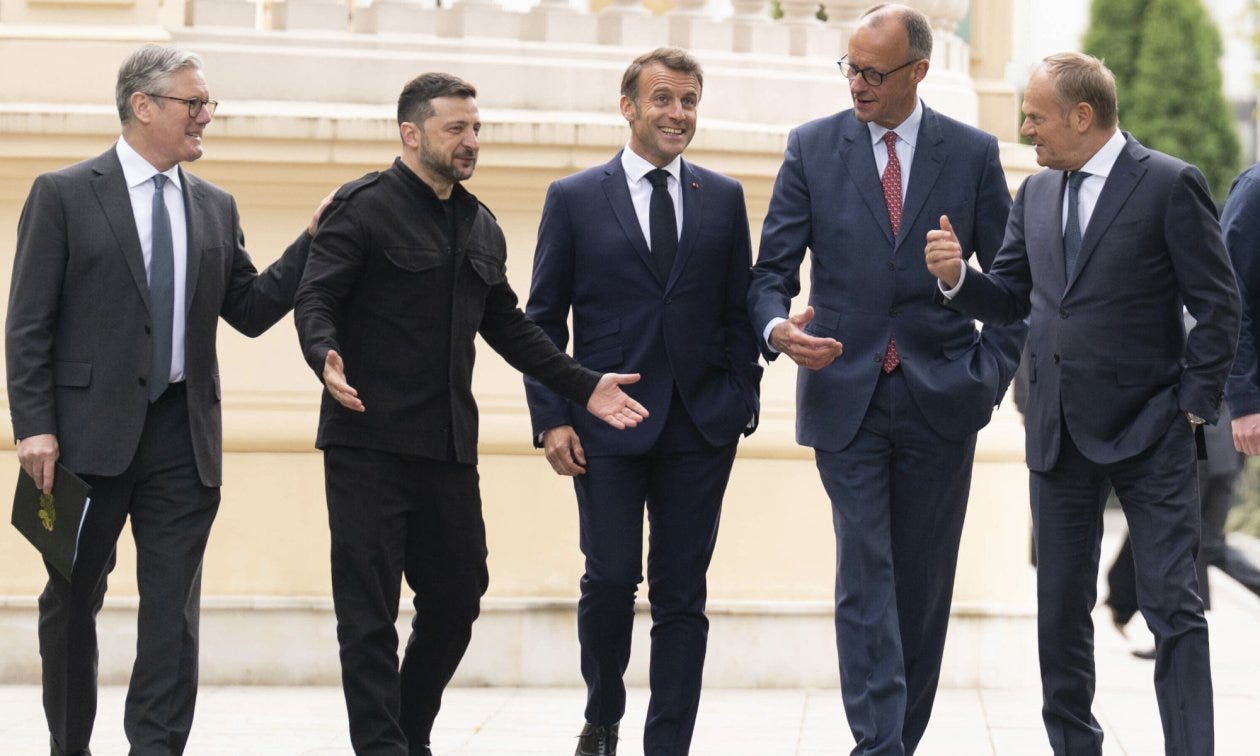
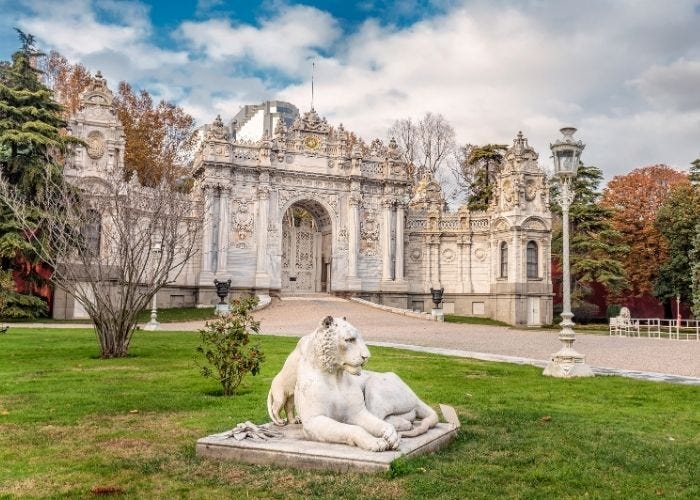

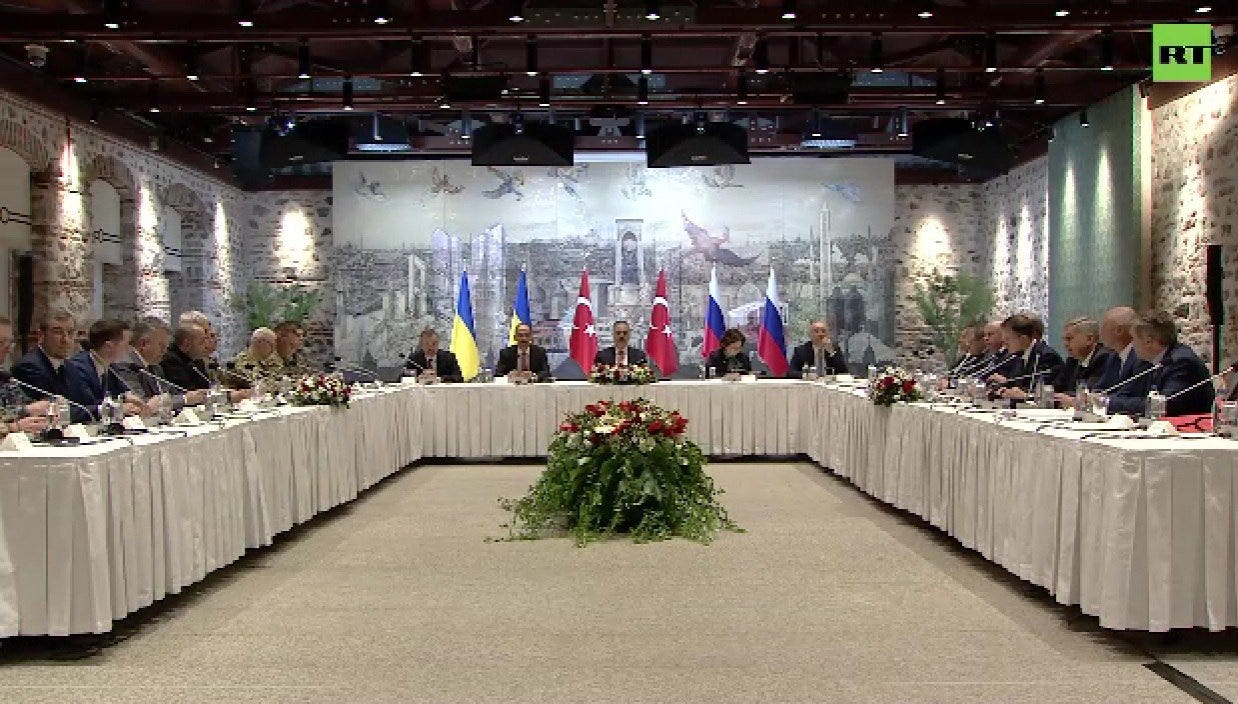
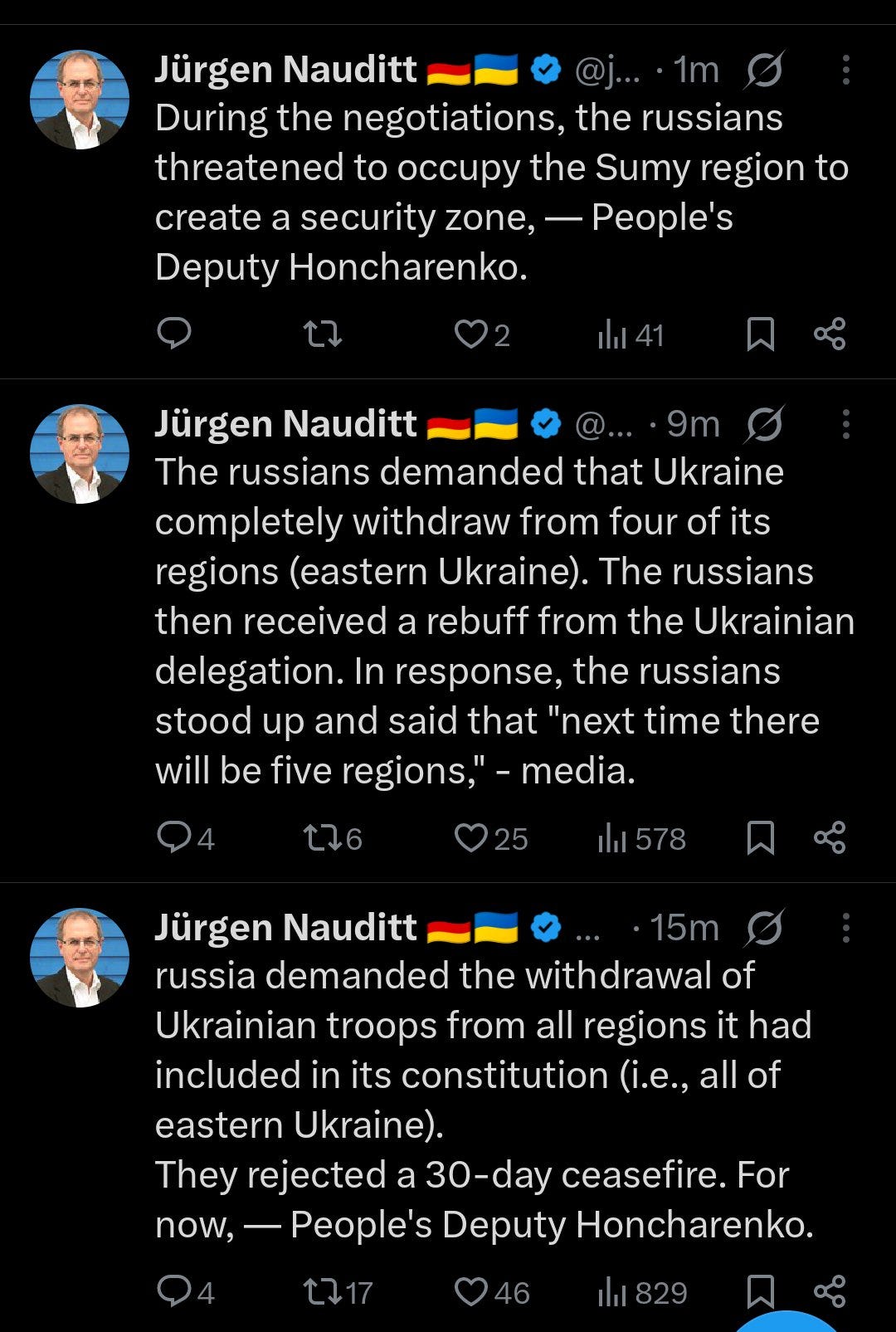

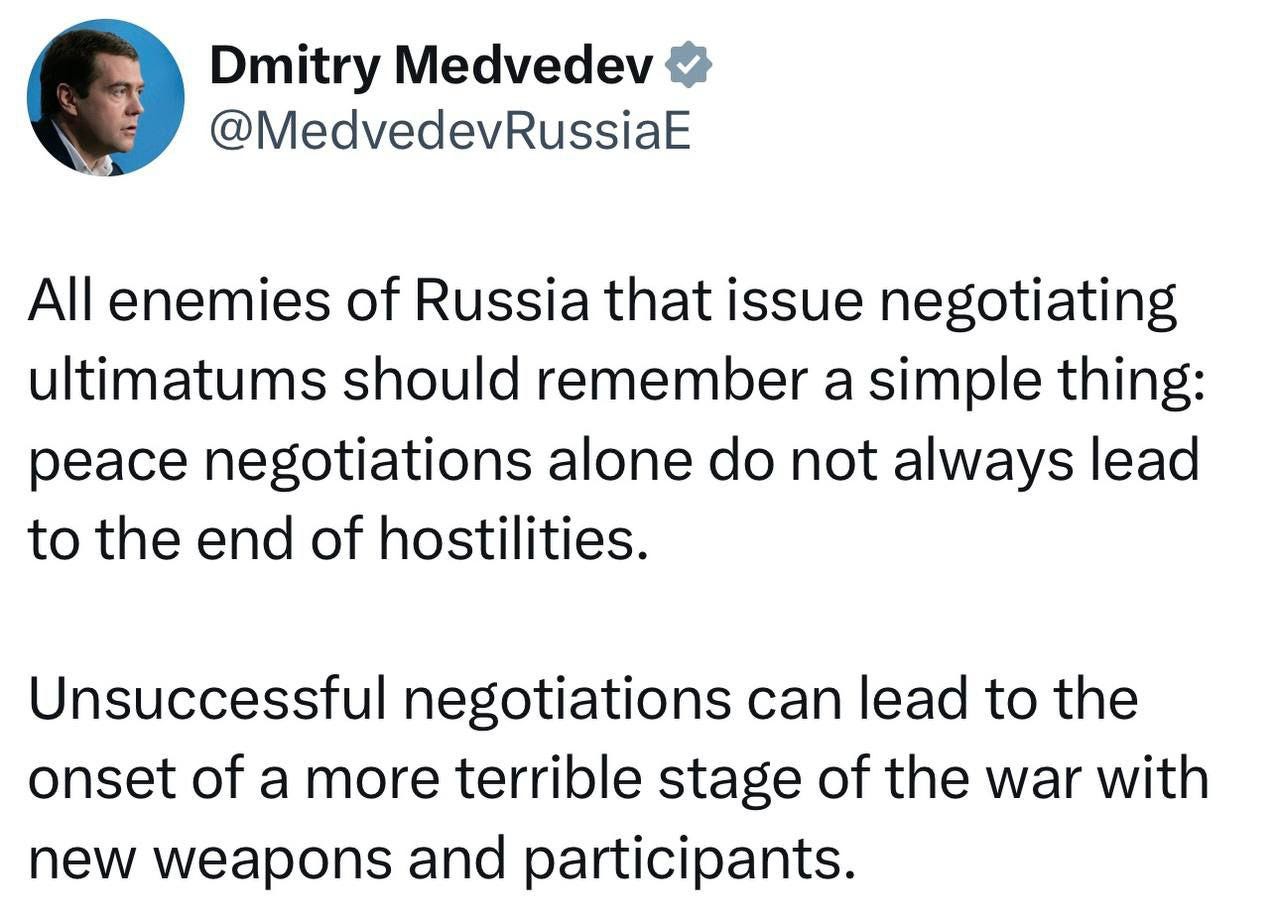

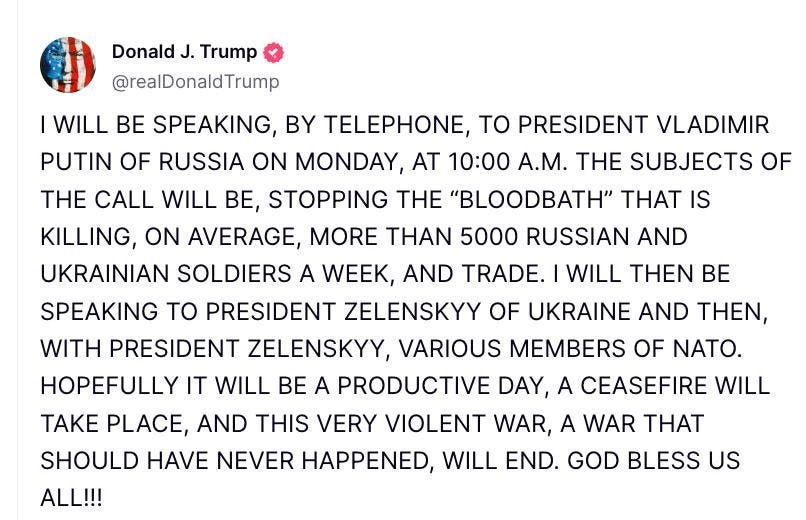
Trump knows the stubborn standpoints of the EU/Ukraine - and Russia for that sake. So what is the meaning of calling around?
It is not a matter of being on the side of the EU/Ukraine or Russia. Trump should know that the only sustainable solution is a reset to the neutral situation of Ukraine before the US-Kiev coup in 2014. All other solutions will fail and more Ukrainians and Russians will die. And waste of time.
The US still has the power to discipline its allied European warmongers and force a peace solution with a neutral Ukraine through if Trump/the US is willing to do so.
Trump is slowly learning that his negotiating skills are child like next to Putin or Xi. You can’t bluff these guys when you don’t hold the cards and the US does not hold the cards